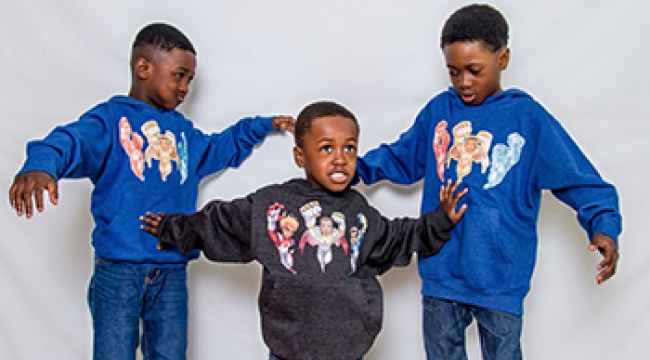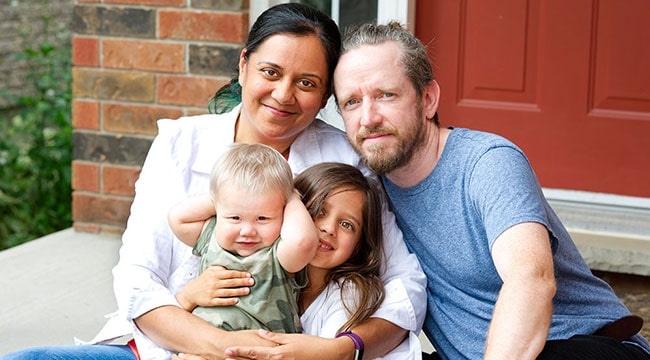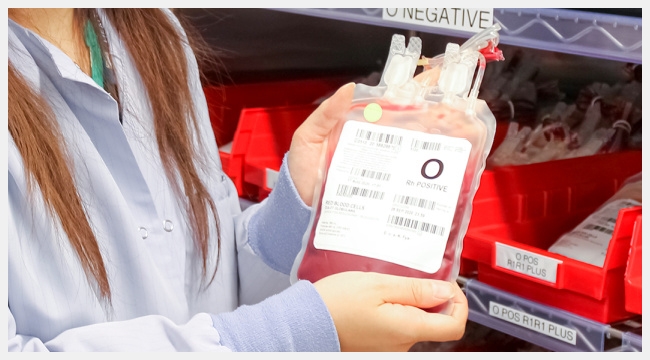A community helped break a world record for blood donation. But it’s not stopping there.
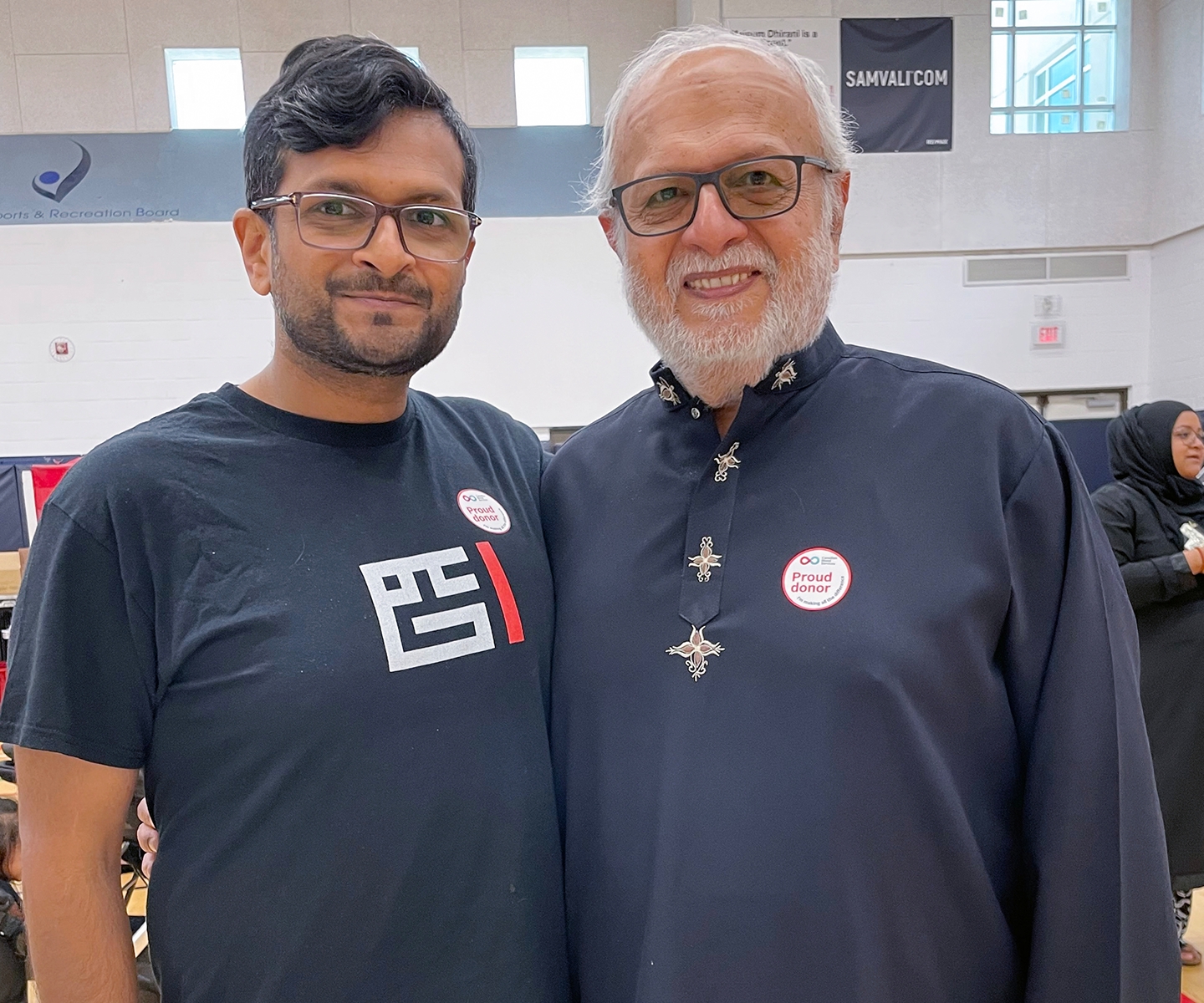
Shia Muslims in Ontario continue to come together by the hundreds to support patients
A faith community that helped break a world record for blood donation continues to fill hundreds of appointments, as well as recruit new prospective donors for Canadian Blood Services Stem Cell Registry.
Volunteers with the Islamic Shia Ithna-Asheri Jamaat of Toronto began organizing blood drives many years ago through our Partners For Life program, and the effort soon grew to include others of their faith across Ontario.
Together, in 2022, these volunteers recruited more than 400 blood and plasma donors across Canada as part of an international campaign called Global Blood Heroes. That campaign rallied donors in 27 countries to make more than 37,000 blood donations — a world record for a single day.
Then in September of this year, the community came together for patients again. It was a way to mark Arbaeen, an important annual religious observance for Shia Muslims. Arbaeen means “40” in Arabic, and the event signifies the end of a 40-day mourning period following the death of Imam Hussain (A.S.), who is honoured as a martyr. The volunteers recruited nearly 400 people for blood and plasma appointments in multiple Ontario communities, including a major long weekend event at the Jaffari Community Centre in Thornhill.
Donating blood “makes you feel good,” said Shabbir Rahemtulla, who donated in Thornhill. “And it’s the greatest form of charity, because you’re giving life to somebody else."
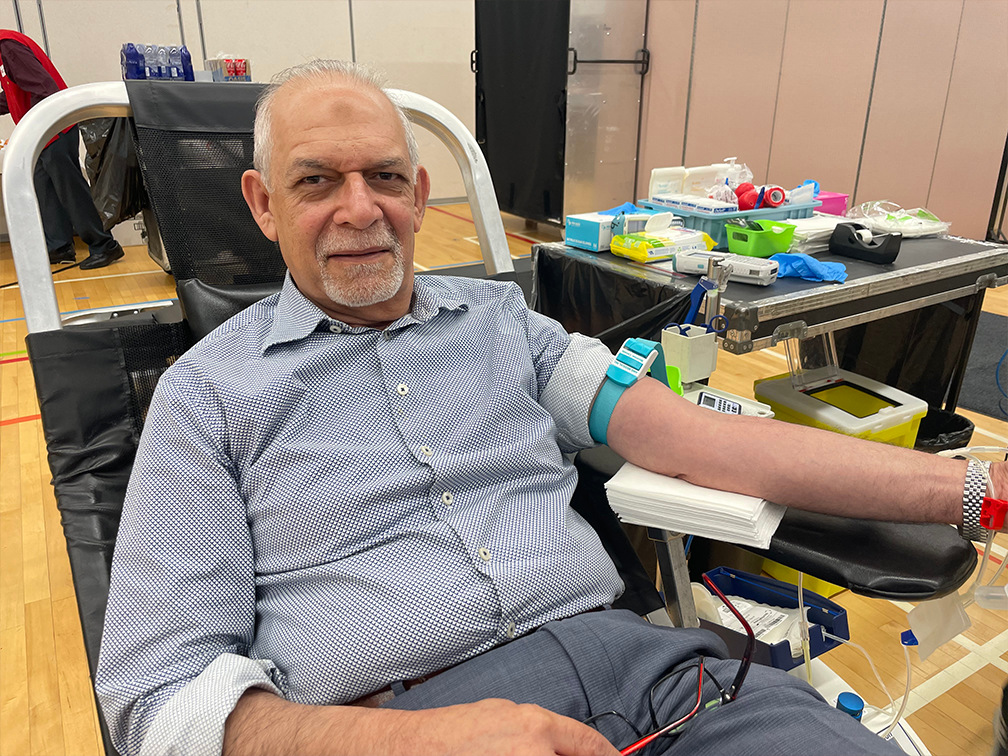
Ahmed Sagarwala, seen in the photo at the top of this article with his father, Ali Raza Sagarwala, made his second blood donation at the Thornhill event.
“It took me about 15 minutes. It was painless, I would say,” said Ahmed.
Ali Raza began donating blood shortly after Ahmed’s older brother was born in Dubai in 1976.
“A child is born in hospital, and they don’t charge you anything. So to reciprocate, I started giving blood at that time,” he said. “Alhamdulillah, whenever I get a chance, I give it.”
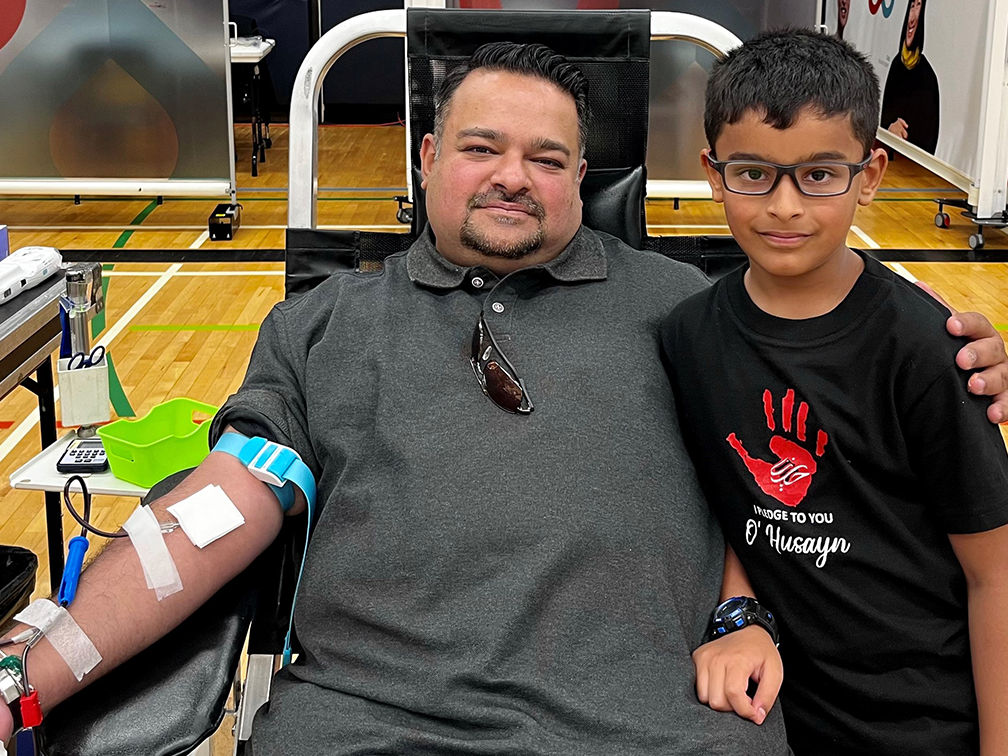
A diverse donor base is essential to saving lives
We need many more new donors — 100,000 each year — to keep Canada’s Lifeline strong, and efforts like this community’s are vital to reaching that goal.
The community is also helping to build the diverse donor base we need to serve patients. Some patients require blood components that closely match their own, in terms of inherited markers that tend to vary with ethnicity. The large percentage of this community’s donors who are from East Africa (of Indian ancestry) may make all the difference for others of similar ancestry, as well as for the broader patient population.
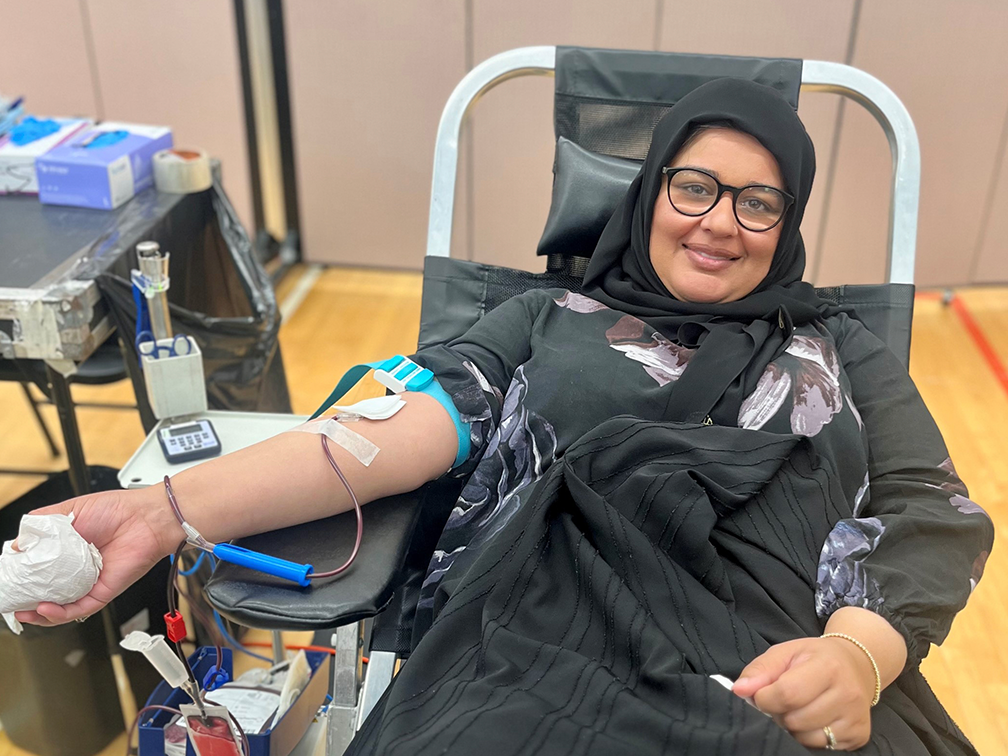
Delivering more hope to patients through the stem cell registry
A diverse donor base is also essential to help those who require stem cell transplants. Stem cells, specifically blood stem cells, are immature cells that can develop into any cell present in the bloodstream, and a stem cell transplant is a potentially lifesaving treatment for more than 80 diseases and disorders.
Stem cell donors and recipients are matched according to markers called Human Leukocyte Antigens (HLA) that are found on most cells of the body. But even though these markers are inherited, most patients won’t have a match in their own family. So the best hope is often an unrelated donor of similar ethnic background.
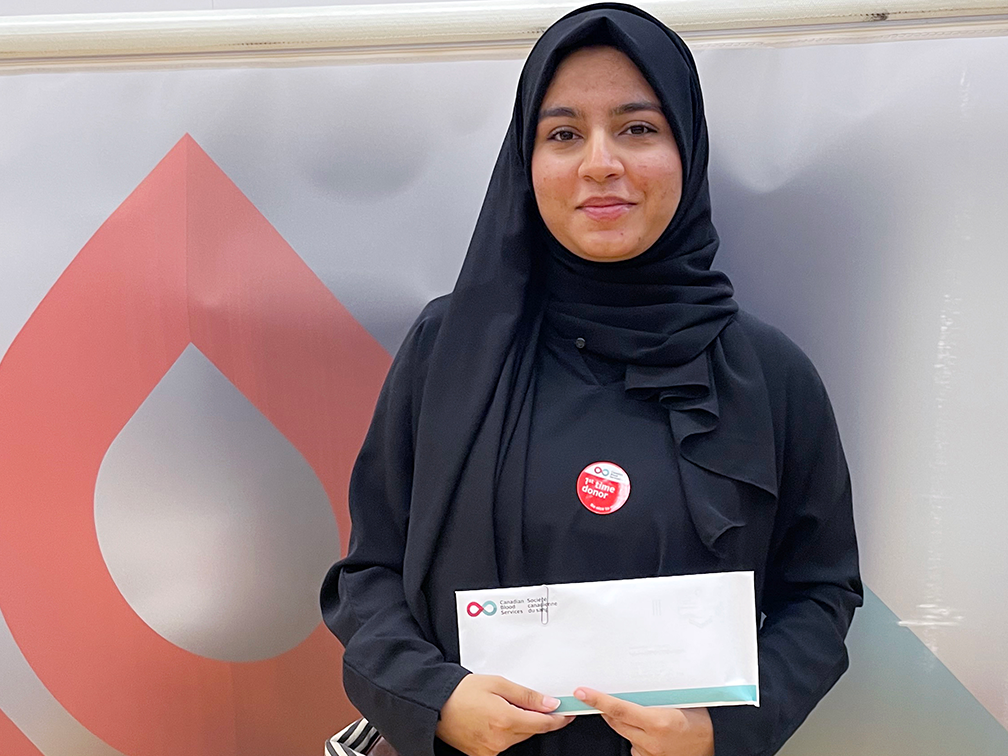
Those who are willing to donate for a stranger can join Canadian Blood Services Stem Cell Registry. Most people between the ages of 17 and 35 are eligible to join, even if they are not eligible to donate blood or plasma. The registry helps match willing donors in this country with patients in need of a transplant. The matching patient could live in Canada or abroad, thanks to our connections with similar registries around the world.
Sadly, not every search results in a match, in part because many ethnic backgrounds are not well-represented on registries worldwide. This was the case for Nishaat Sheraly, a beloved teacher, wife and mother of young children who died without a match after a long battle with leukemia.
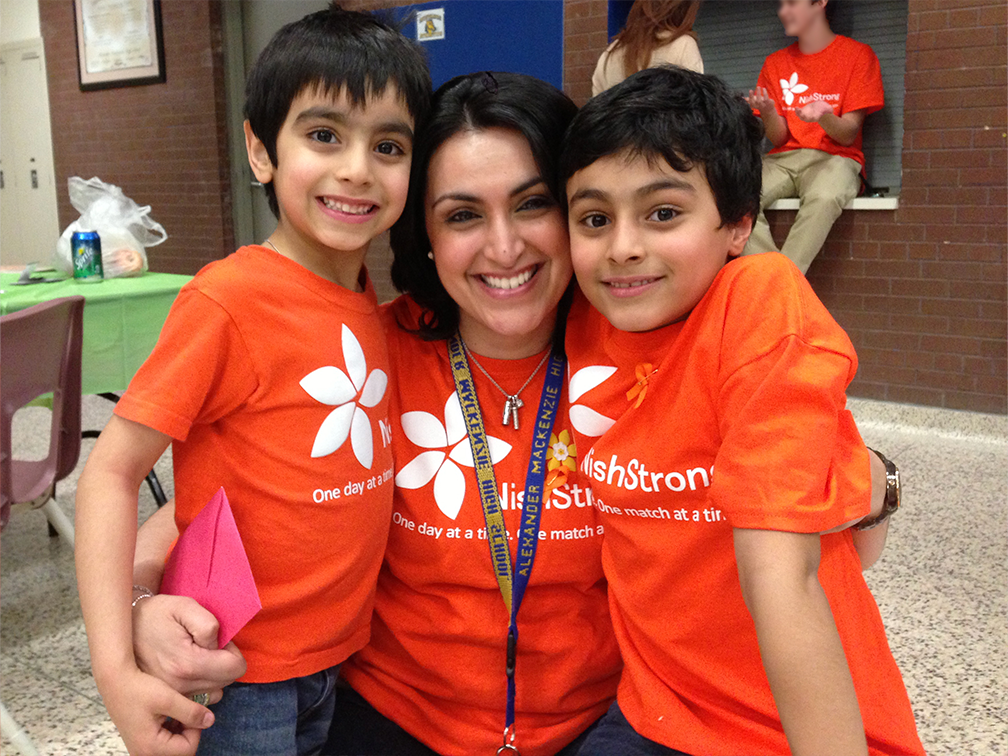
Before Nishaat’s illness, “we had never heard of the stem cell registry, and the impact of that therapy,” says Munsif Sheraly, Nishaat’s husband.
Nearly ten years after Nishaat’s passing, a continuing desire to spare other families such a devastating loss motivated Munsif to join the September event in Thornhill. It was a chance for him and the couple’s two teenage sons, Maalik and Zain, to continue educating their community about how stem cells save lives, and about the need for a more diverse stem cell registry.
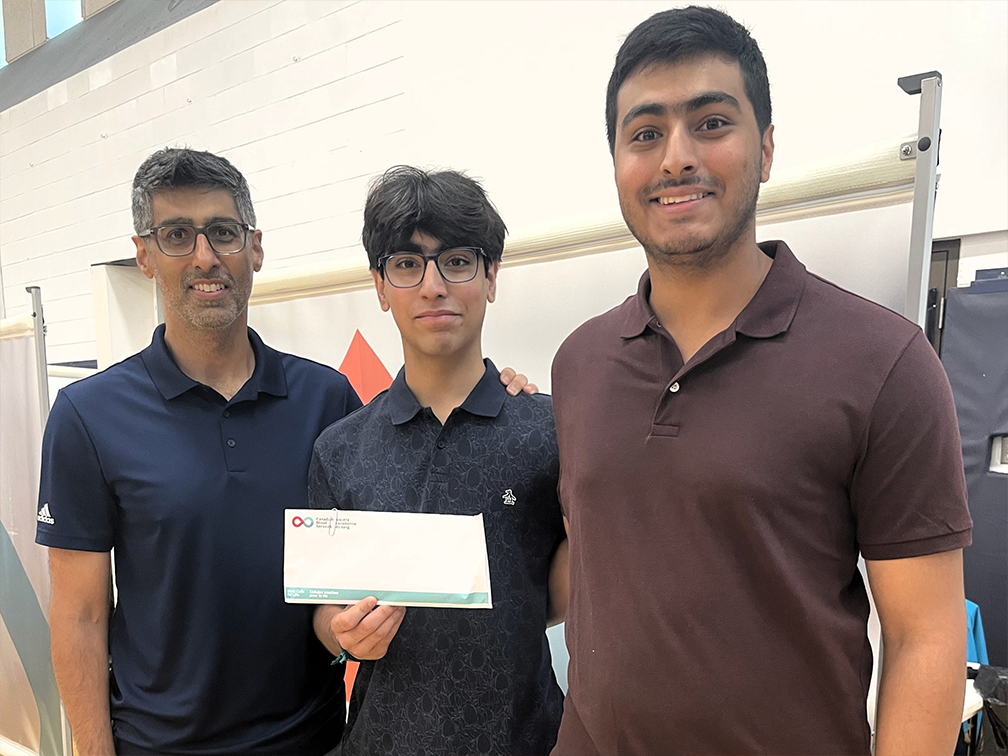
Visitors were also able to join the stem cell registry on the spot. Registration kits (which are also available online at no charge) come with soft swabs that registrants use to rub the insides of their cheeks. We analyze the small sample of cells collected on those swabs for only the HLA characteristics that reveal a match between a registrant and a patient in need.
The swab is then discarded, and the registrant doesn’t go through any other tests unless they are found to be a match for a patient and asked to go through the stem cell donation process. That call to help save a life could come months or even years after registering.
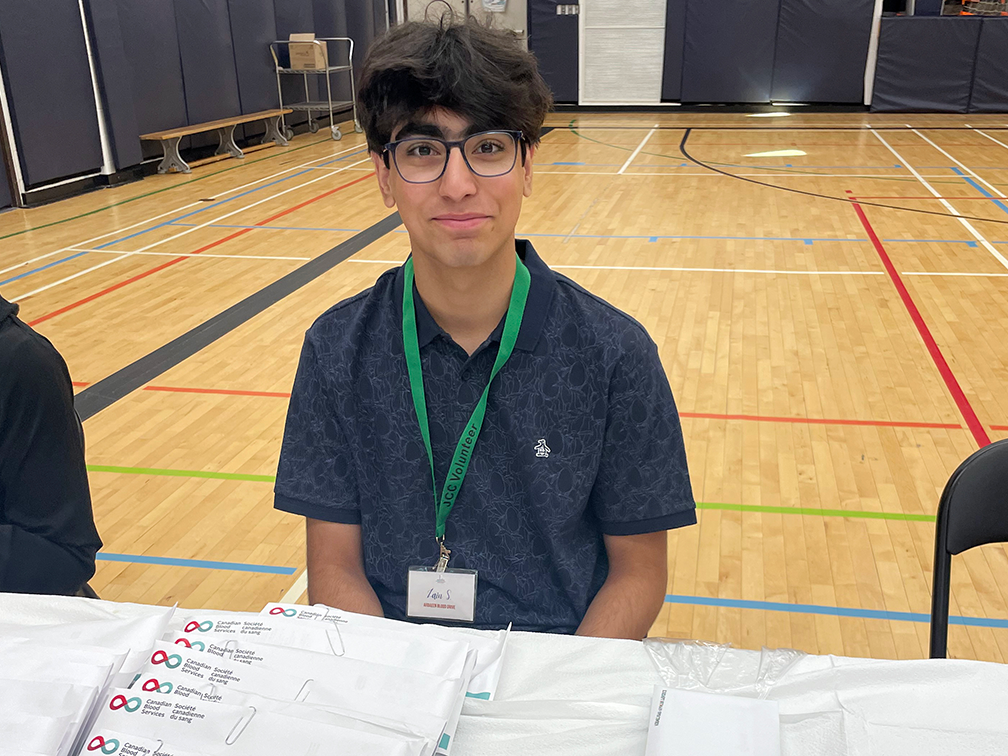
There are so many ways that you, too, can make all the difference for patients in need. Find out if you’re eligible to donate blood or plasma, then do a quick search on your municipality, address or postal code to discover appointments near you. If you’re between the ages of 17 and 35, consider joining the stem cell registry as well.
For even more ways to help, view all ways to donate. Together, we are Canada’s Lifeline.
